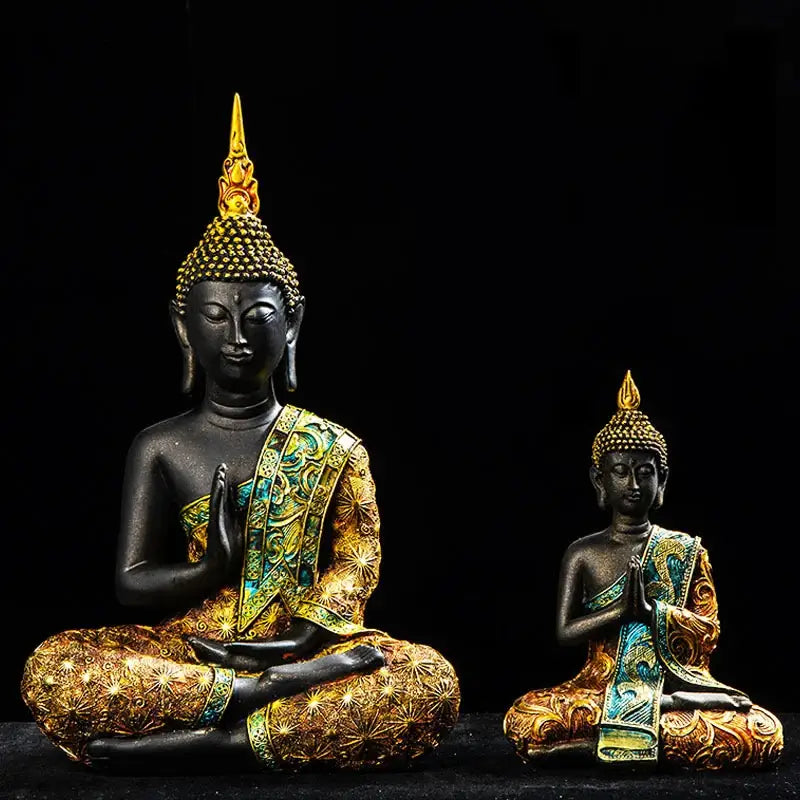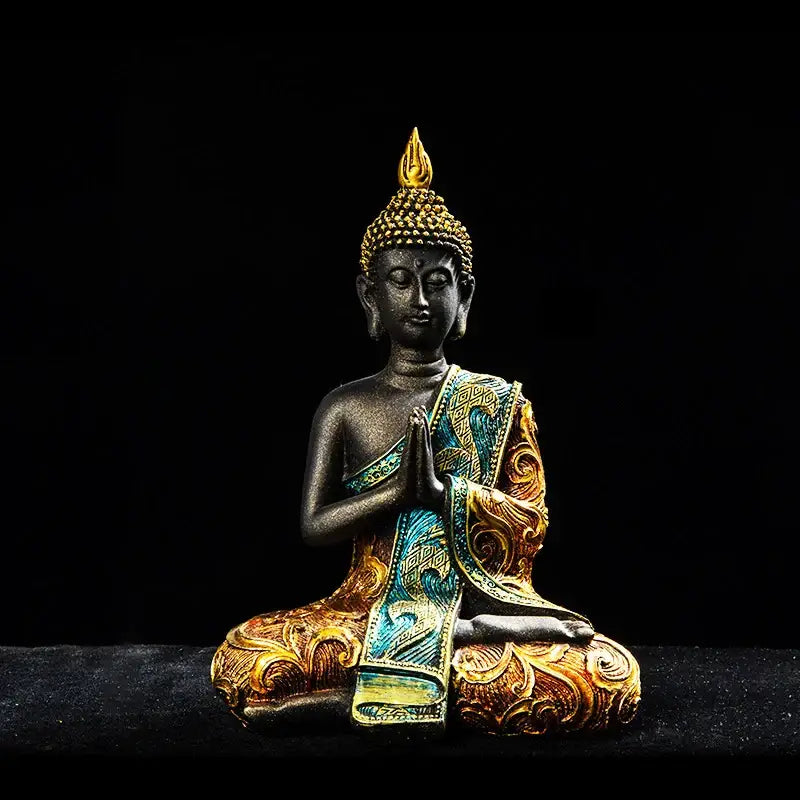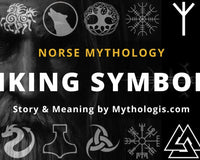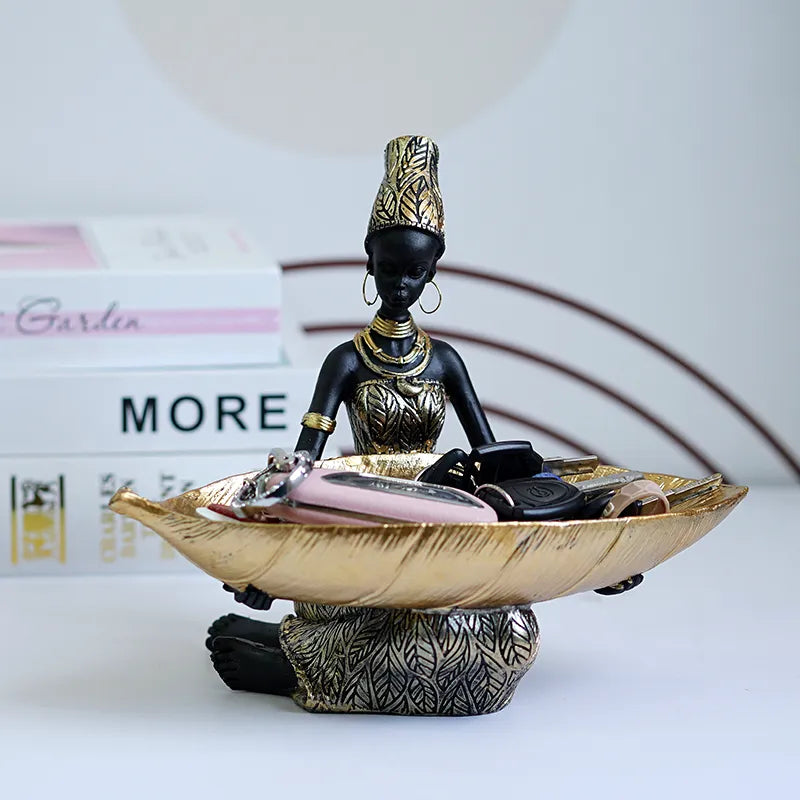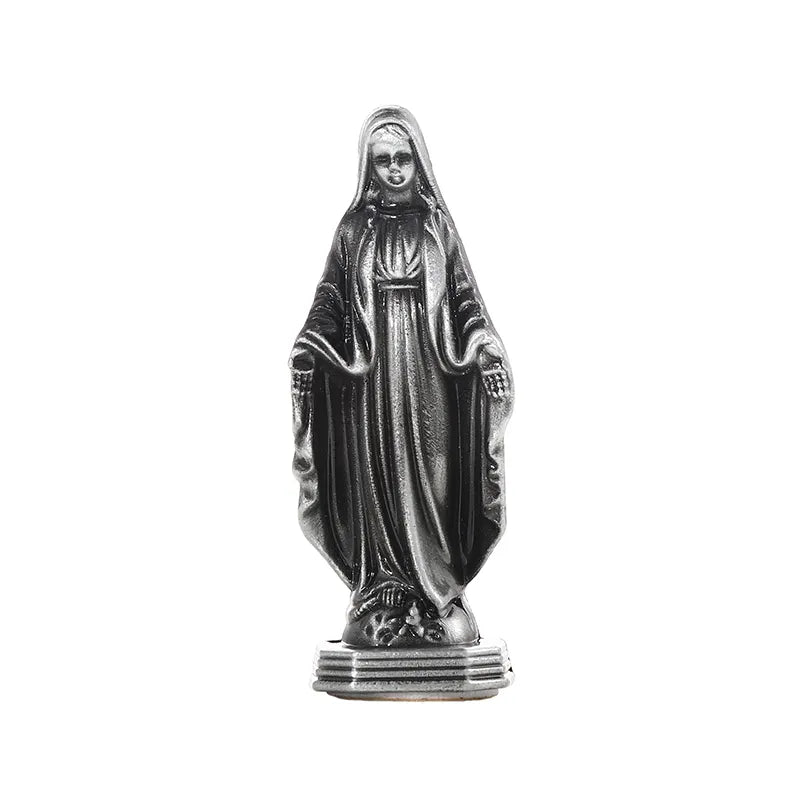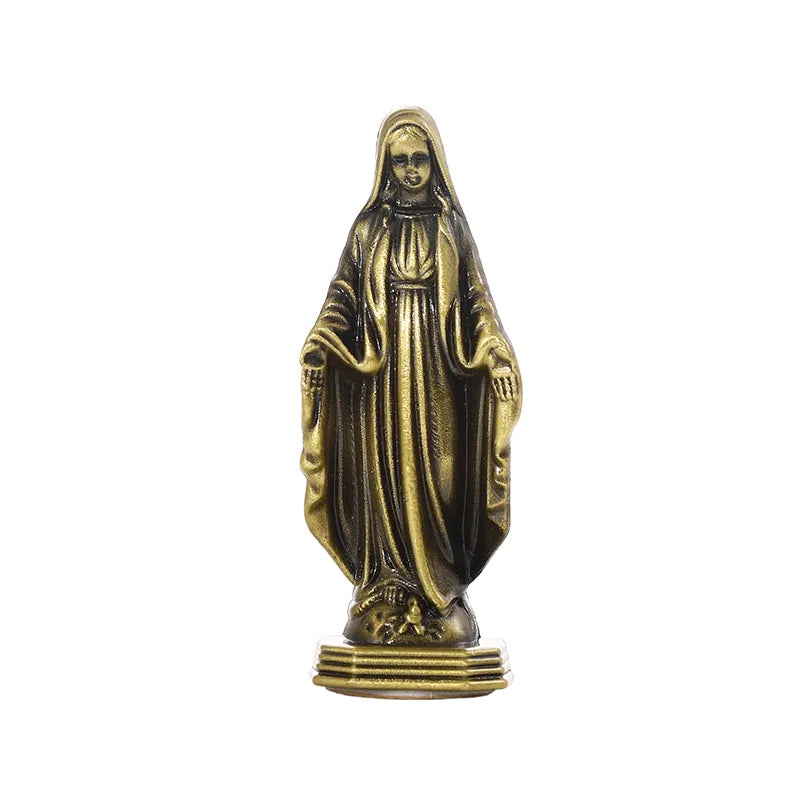There are several pyramids located in Egypt, the most famous of which are the Pyramids of Giza. The Pyramids of Giza are a group of three pyramids located in Giza, Egypt, on the west bank of the Nile river. They consist of the Great Pyramid of Giza, the Pyramid of Khafre, and the Pyramid of Menkaure.
The Giza Plateau is a geological structure dominating the Nile Valley, 25Kms south of Cairo. It is on this plateau that the three famous pyramids, emblems of ancient Egypt, were built.
In addition to the Pyramids of Giza, there are many other pyramids located throughout Egypt. Some of the other notable pyramids in Egypt include the Pyramid of Djoser, located at Saqqara, and the Bent Pyramid and the Red Pyramid, both located at Dahshur. There are also several smaller pyramids located at sites such as Abusir and Meidum.
Why are the Pyramids of Giza so famous?
The Pyramids of Giza are ancient Egyptian pyramids located in Giza, Egypt, on the west bank of the Nile river. They are considered one of the most iconic and well-known symbols of ancient Egyptian civilization and are a popular tourist destination. The Pyramids of Giza consist of three main pyramids: the Great Pyramid of Giza, the Pyramid of Khafre, and the Pyramid of Menkaure.
Pyramids of giza Age
The Pyramids of Giza are famous for a number of reasons. Firstly, they are some of the oldest and most well-preserved ancient structures in the world, having survived for over 4,500 years. Secondly, they are a testament to the ingenuity and engineering prowess of the ancient Egyptians, who were able to construct such massive and precise structures using only simple tools and techniques.
In addition to their age and engineering prowess, the Pyramids of Giza are also famous for their size and grandeur. The Great Pyramid of Giza, in particular, is the largest pyramid ever built and is one of the most recognizable structures in the world. Its size and the fact that it has survived for over 4,500 years make it an enduring symbol of the power and achievements of ancient Egyptian civilization.
Overall, the Pyramids of Giza are famous for their age, size, engineering prowess, and the enduring legacy of ancient Egyptian civilization. They continue to be a source of fascination and wonder for people around the world and are a key part of the rich history and culture of Egypt.
Pyramids of giza facts
Here 5 interesting facts about the Great Pyramid of Giza:
The Pyramids of Giza are ancient Egyptian pyramids located in Giza, Egypt, on the west bank of the Nile river. They consist of three main pyramids: the Great Pyramid of Giza, the Pyramid of Khafre, and the Pyramid of Menkaure.
The Great Pyramid of Giza is the largest and most well-known of the three pyramids, and it is believed to have been built as the tomb of Pharaoh Khufu. The Pyramid of Khafre and the Pyramid of Menkaure are also thought to have been built as tombs for Pharaohs Khafre and Menkaure, respectively.
The Pyramids of Giza are considered one of the ancient world’s most impressive feats of engineering. They are known for their size, precision, and the fact that they have survived for over 4,500 years.
The Great Pyramid of Giza is the largest pyramid ever built, and it is one of the most recognizable structures in the world. It is 147 meters (481 feet) tall and consists of over 2 million blocks of stone, each weighing an average of 2.5 tons.
The Pyramids of Giza are a popular tourist destination and are visited by millions of people each year. They are considered one of the most iconic and well-known symbols of ancient Egyptian civilization and are a key part of the rich history and culture of Egypt.
Who built the pyramids of Giza?
The plateau is home to 3 distinct funeral complexes, each with a main pyramid and annexed pyramids. The oldest of the three main ones is also the largest, and is attributed to Pharaoh Cheops. The second in size is to Khephren, son of Kheops and the third to Mykerinos, son of Kephren.
It should be noted that between Cheops and Khephren there was another pharaoh, half-brother of Khephren but who did not have a great role in the history of ancient Egypt. He did not leave a funerary complex at Giza.
Are we sure the pyramid monuments were created by these pharaohs?
An important element to consider is the low reliability of the attribution of each pyramid to a pharaoh. While it is nowadays obvious that they date from the mid-sixteenth century and that they were built to serve as tombs, the assignment of each pyramid to its pharaoh is not self-evident. Nowadays it is thought that Cheops, Khephren and Mykerinos are indeed the holders, but the evidence that attests to this is fragile. We are not safe from a discovery that would call them into question. For example, the Great Pyramid was attributed to Cheops because a cartouche with his name was found in the discharge chamber above the king’s chamber. But is this enough to make him the owner of the pyramid?
According to archaeologists, yes, because engraving a name in a monument was not insignificant for the time, it was a sacred act in relation to the divine. So the presence of his name may make the pyramid associated with this pharaoh, but perhaps we will discover later that this vision of things is wrong. It is therefore very likely that these three assignments are correct, but let’s not be surprised if this point of view needs to be revised.
Comparison between the three pyramids
The three funeral complexes at Giza are similar in the sense that they are all composed of the same elements: A pyramid serving as a tomb surrounded by an enclosure wall, a high temple adjoining the enclosure, a covered causeway connecting the high temple to a low temple, and one or more annexed pyramids. That of Cheops also contains pits containing a funerary boat.
The differences are mainly related to the size of the pyramids and their finish, as the temples are roughly comparable. The covered causeways are not the same length of course, but there are no essential differences between those of the three pharaohs.
What are the 3 pyramids in Giza called?
The three pyramids in Giza, Egypt are called the Great Pyramid of Giza, the Pyramid of Khafre, and the Pyramid of Menkaure. The Great Pyramid of Giza is the largest and most well-known of the three pyramids, and it is believed to have been built as the tomb of Pharaoh Khufu. The Pyramid of Khafre and the Pyramid of Menkaure are also thought to have been built as tombs for Pharaohs Khafre and Menkaure, respectively.
Great Pyramid of Giza

- Current heights : 138.00 m
- Construction heights : 146.60 m
- Base widths : 230.45 m
- Volumes : 2 592 350 m3
Pyramid of Khafre

- Current heights : 136.40 m
- Construction heights : 143.87 m
- Base widths : 215.16 m
- Volumes : 2 211 096 m3
Pyramid of Menkaure.

- Current heights : 65.50 m
- Construction heights : 66.00 m
- Base widths : 104.6 m
- Volumes : 235 183 m3
The Pyramids of Giza are considered one of the ancient world’s most impressive feats of engineering and are known for their size, precision, and the fact that they have survived for over 4,500 years. They are a popular tourist destination and are considered one of the most iconic and well-known symbols of ancient Egyptian civilization.
Giza Necropolis
The Giza Necropolis was used during the 4th Dynasty, i.e. in the middle of the 26th century. The previous one had favoured Saqqarah, further south. However, Giza was used before Dynasty IV, and tombs from Dynasties I, II, and III have been documented there.
The presence of smooth-faced pyramids here is not insignificant. This is the ultimate stage in the evolution of the tombs of the pharaohs, an evolution that includes 4 stages (the mastabas became stepped mastabas that became step pyramids that became smooth faced pyramids). The three pyramids of Giza are thus the culmination of this evolution, they are all smooth faced pyramids.
It should be known that when Cheops made his pyramid, the first one to be built at Giza, he did not have much antecedent: His father had built the first pyramid with smooth faces in Egyptian history, but it was a failure, he had to finish it by limiting the inclination, which gave the rhomboidal pyramid. So he made a second pyramid, the “red pyramid”, which he could finish normally: It was the first successful attempt. Right after, Cheops built the largest pyramid in Egypt.
Purpose of the pyramids of giza
Although it has long been argued that the purpose of the pyramids was exclusively to serve as tombs, there are a number of facts that suggest that this is not necessarily the case, a hypothesis that would call into question many studies, but is worth asking. The facts are as follows:
- None of the pyramids of Egypt have been discovered with a body inside. This argument is largely contradicted by the fact that most of the tombs are known to have been looted during their histories, mainly as a result of the religious upheavals of the Fifth Dynasty, but this idea does not explain the total absence of funerary remains in the pyramids.
- Egyptian tombs always contained figures of Neteru, offerings, or inscriptions, all of which are remarkably absent from the oldest pyramids (they of Giza, Dahshur, and Meidum).
- Architecturally, the ancient pyramids, those of Giza, Dahshur and Meidum, have perfect interior passages that are extremely small, unlike the other Egyptian tombs whose passages are large enough to allow the passage of a body, or even a sarcophagus.
- Pharaoh Snefrou had three pyramids built. If they were tombs, why build three?
These few arguments obviously do not call into question the numerous studies that tend to prove that the pyramids were tombs, but this assertion could one day be invalidated.
Why were the pyramids built
The pyramids were built by the ancient Egyptians as tombs for the Pharaohs and other members of the royal family. According to ancient Egyptian beliefs, the Pharaohs were considered to be deities, and their bodies were believed to be the homes of their souls in the afterlife. As a result, the Pharaohs were buried in elaborate tombs that were designed to protect their bodies and to provide them with the necessary provisions to sustain them in the afterlife.
The pyramids were built to serve as the final resting place for the Pharaohs and other members of the royal family, and they were constructed with great care and attention to detail. They were built using massive blocks of stone, and each pyramid was designed to be a grand and impressive structure that would reflect the status and power of the Pharaohs.
In addition to serving as tombs, the pyramids also played a role in ancient Egyptian religion and culture. They were believed to be the homes of the gods and were often depicted in paintings and other works of art. The pyramids were also an important part of the funerary rituals of the ancient Egyptians and were believed to protect the Pharaohs in the afterlife.
Conclusion about the pyramids of giza
The Pyramids of Giza are ancient Egyptian pyramids located in Giza, Egypt, on the west bank of the Nile river. They are considered one of the most iconic and well-known symbols of ancient Egyptian civilization and are a popular tourist destination. The Pyramids of Giza consist of three main pyramids: the Great Pyramid of Giza, the Pyramid of Khafre, and the Pyramid of Menkaure.
The Great Pyramid of Giza is the largest and most well-known of the three pyramids, and it is believed to have been built as the tomb of Pharaoh Khufu. The Pyramid of Khafre and the Pyramid of Menkaure are also thought to have been built as tombs for Pharaohs Khafre and Menkaure, respectively.
The Pyramids of Giza are known for their size, precision, and engineering prowess. They are considered one of the ancient world’s most impressive feats of engineering and have stood the test of time, surviving for over 4,500 years.
Overall, the Pyramids of Giza are a testament to the ingenuity and achievement of the ancient Egyptian civilization. They continue to be a source of fascination and wonder for people around the world and are a key part of the rich history and culture of Egypt.


